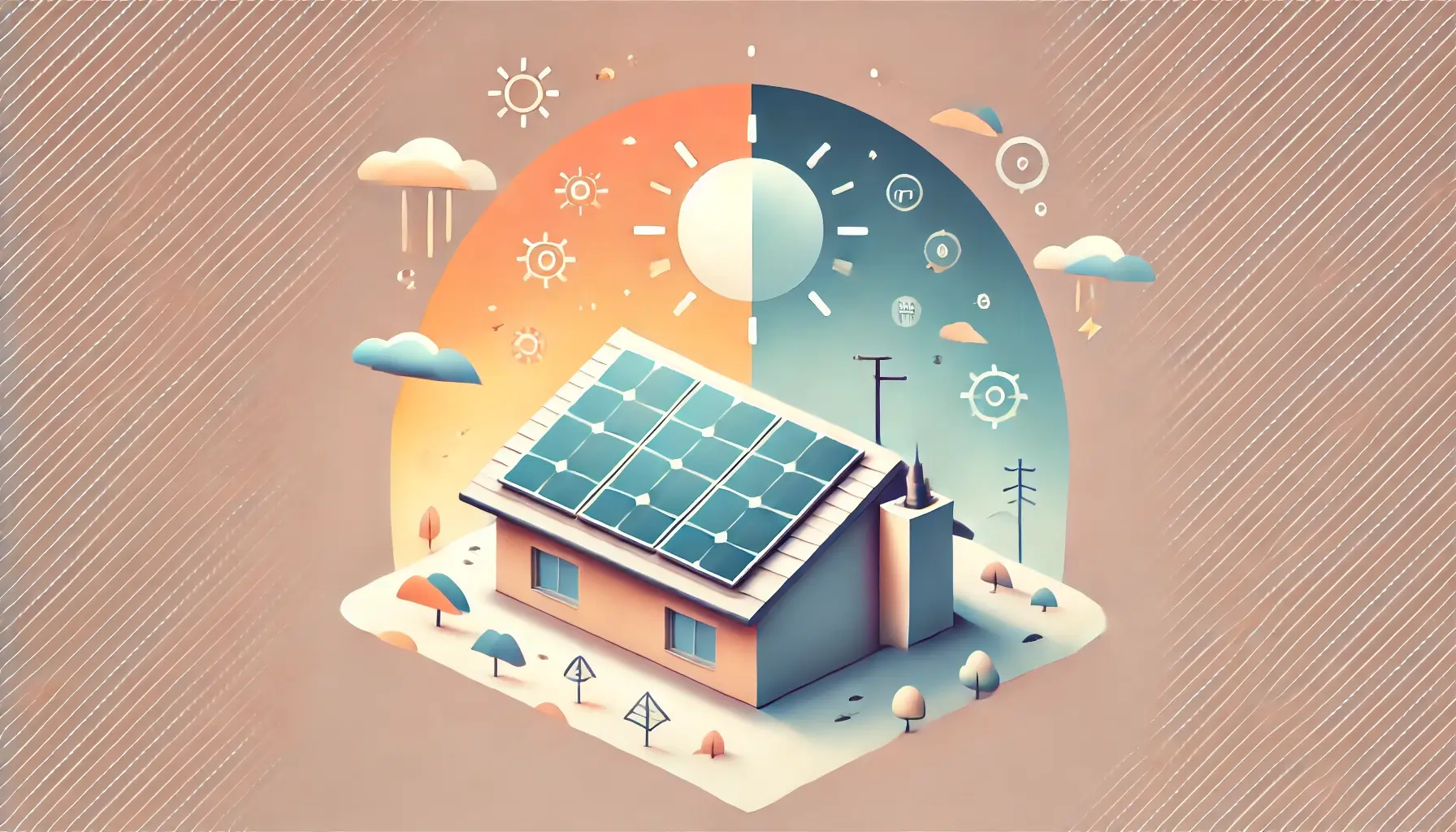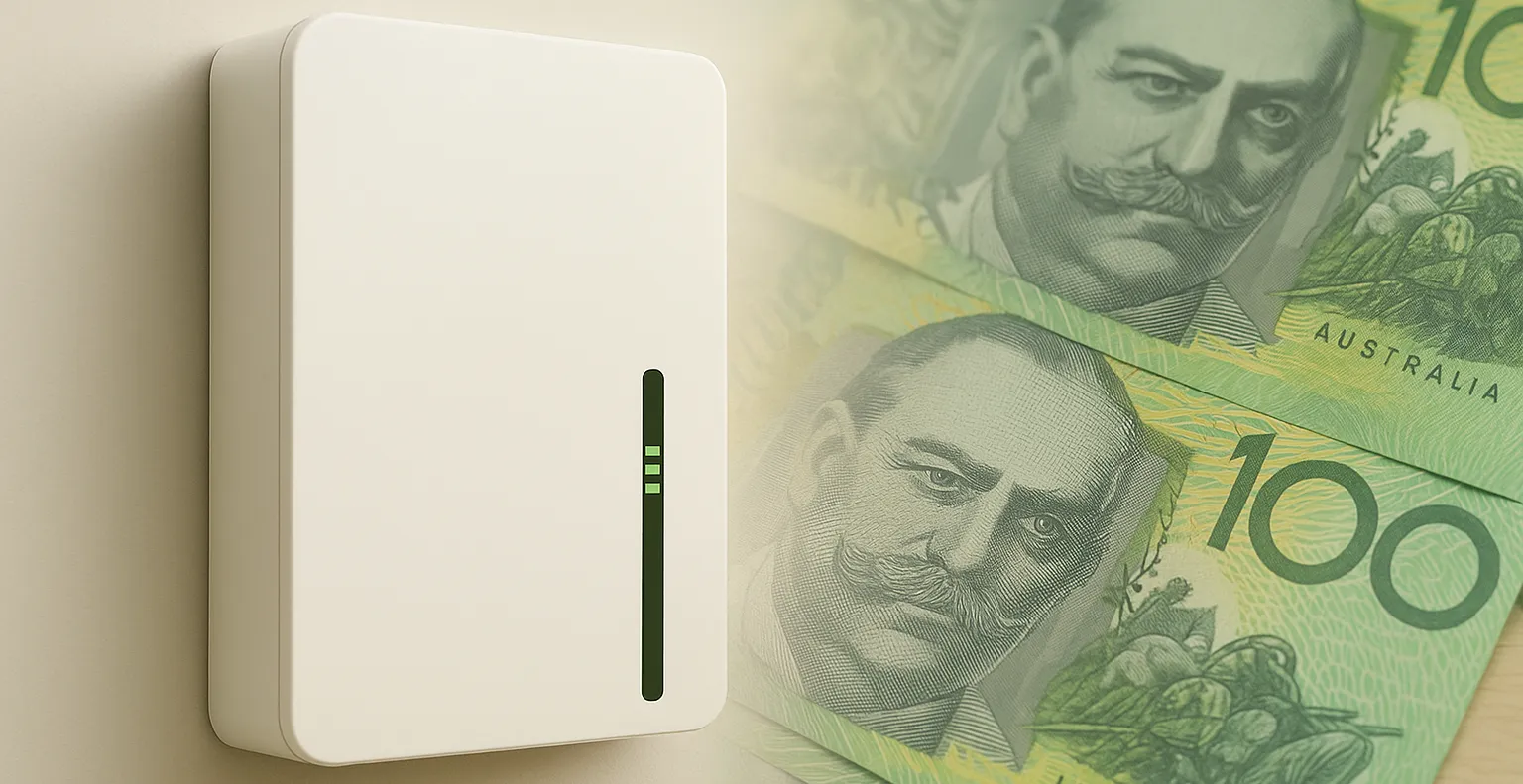Solar energy has gained immense popularity as an eco-friendly and cost-effective way to generate electricity. However, while the benefits of solar power are clear, it's not always the right choice for every home or business.
1. Shading Issues
Shading is one of the most significant factors affecting solar panel efficiency. Solar panels require direct sunlight to generate electricity, and any shading—whether from trees, buildings, or natural obstructions like hills—can drastically reduce their effectiveness. This diminished performance extends the payback period of your investment, making solar less appealing.
Typical Payback Periods For Solar Panels
Mitigation Strategies:
- Tree Trimming: Regularly trimming trees to reduce shading can help but might be an ongoing expense.
- Strategic Placement: Positioning panels in less-shaded areas can improve efficiency but may limit the number of panels you can install.
- Microinverters and Power Optimisers: These technologies allow panels to operate independently, reducing the impact of shading on the system.
Microinverters Vs. Dc Optimisers: Which option is best?
2. Roof Condition and Orientation
The condition and orientation of your roof are critical considerations before installing solar panels. A well-maintained, sturdy roof is essential to support solar panels for their lifespan, typically 25-30 years. If your roof is old or damaged, it may need repairs or replacement, adding to the initial cost of your solar investment.
Optimal Roof Orientation:
- In Australia, a north-facing roof is ideal for maximising sun exposure. East- and west-facing roofs can also work but might require more panels to achieve similar energy output.
3. Initial Costs
The upfront investment for solar power systems remains substantial, even though prices have decreased. Costs include solar panels, inverters, installation, permits, and inspections. While financial options like government rebates and solar loans can help, the initial outlay can still be a barrier for many homeowners.
4. Low Electricity Consumption
If your household has low electricity consumption, the financial benefits of installing solar panels may not justify the investment. Before committing, it’s essential to evaluate your energy needs and perform a cost-benefit analysis to determine if solar is the right choice.
Alternative Investments:
- Energy-efficient appliances or improved home insulation might offer more cost-effective ways to reduce energy bills without the significant upfront costs of solar.
5. Financial Incentives and Rebates
In Australia, financial incentives like the Small-scale Technology Certificates (STCs) and state-specific programs can significantly reduce the cost of installing solar systems. However, the availability and value of these incentives can vary widely by location and change over time.
Solar Panel Rebate: How it works and how to get it.
6. Local Regulations and Restrictions
Local regulations can affect the viability of solar installations. Councils may require planning permits, especially in heritage areas, and homeowner associations (HOAs) might have rules about the appearance and placement of solar panels. In some regions, environmental considerations like bushfire or cyclone-prone areas also impose additional guidelines.
7. Short-Term Residency Plans
Solar panels are a long-term investment, with a payback period ranging from 5 to 10 years. If you plan to move within a few years, you may not recoup your investment. While solar panels can increase property value, this might not always offset the initial costs, especially if you're planning a short-term stay.
8. Energy Storage Costs
Energy storage systems, such as batteries, allow you to store excess solar energy for later use, but they come with high upfront costs. While state rebates and Virtual Power Plant (VPP) programs can offset some of these costs, the financial viability of energy storage should be carefully considered.
Is solar battery storage worth it?
9. Installation Quality Concerns
The quality of installation is crucial for the long-term performance and safety of your solar system. Poor installations can lead to issues like incorrect panel placement, faulty wiring, or improper mounting. Choosing a reputable installer who adheres to Australian standards and offers comprehensive warranties is essential.
10. Grid Connection Issues
Connecting your solar system to the electricity grid can present challenges, especially in remote areas where infrastructure might be outdated. Energy providers may also impose limits on how much electricity you can export back to the grid, affecting the financial return on your solar investment.
Conclusion
While solar power offers numerous benefits, it's not a one-size-fits-all solution. Factors like shading, roof condition, initial costs, and local regulations can all impact the effectiveness and financial viability of a solar power system. Before making a decision, it's essential to conduct thorough research and consult with professionals to ensure that solar power is the right choice for your specific situation.

